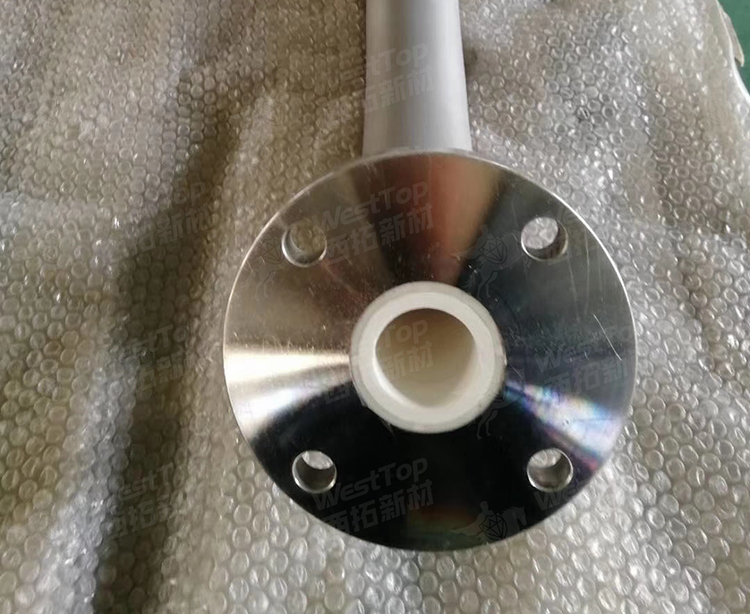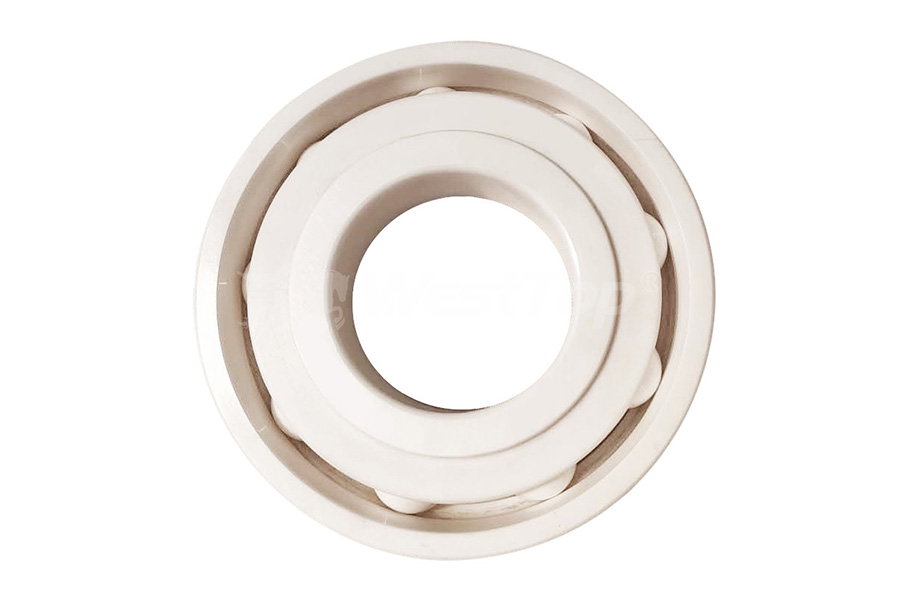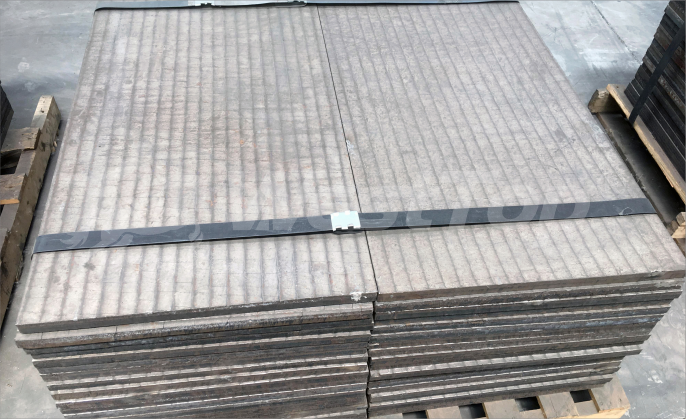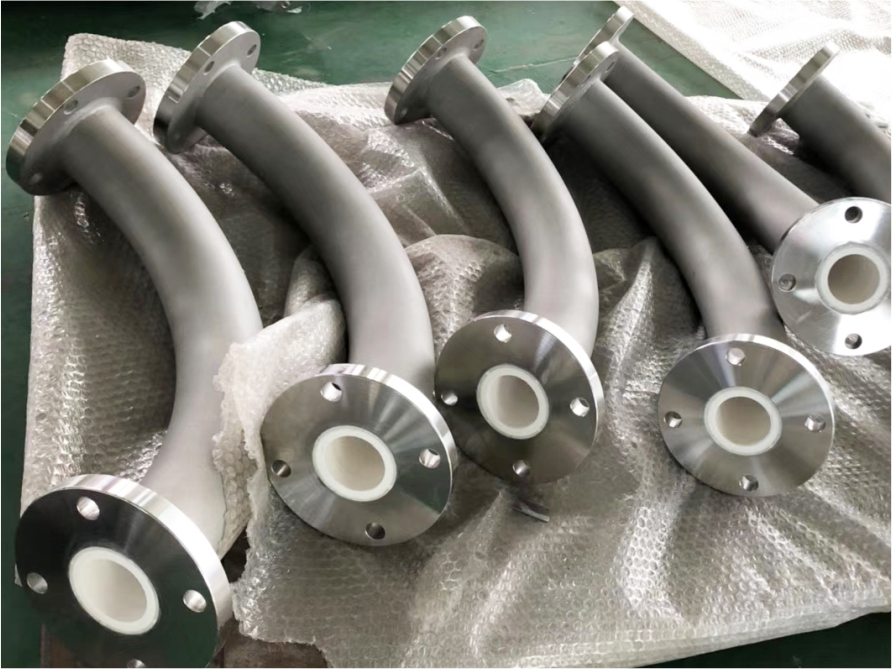The pressure pipeline refers to the pipe-shaped equipment for transporting gas or liquid, with partial pressure, and its range is required to be greater than or equal to 0.1 MPa ( gauge pressure ). The conveying material is gas, liquefied gas, steam or flammable, explosive, harmful, corrosive, and the working temperature is higher than or equal to the liquid at the boiling point of the specification. The nominal diameter is greater than or equal to 50 mm pipeline. Among them, the nominal diameter is less than 150mm and the working pressure is less than 1.6MPa, except for the pipelines that transport non-toxic, non-flammable and non-corrosive substances and the pipelines of the equipment itself.

Compared with other pipelines, pressure pipelines have the following characteristics :
- The pressure tube is a full-link system that is interrelated and interacts with each other.
- The length-diameter ratio of the pressure pipe is large, easy to lose stability, and the force is more complicated than the pressure vessel. The fluid flow in the pressure pipeline is complicated, the buffer space is small, and the frequency of working property change is higher than that of the pressure vessel ( affected by high temperature, high pressure, low temperature, offset deformation, wind, snow, earthquake, etc. ).
- There are many kinds of pipeline components and support parts, all kinds of materials have their own characteristics and specific technical standards, and the materials are complicated.
- The possible leak point on the pipeline exceeds the pressure vessel.
- There are many kinds of pressure pipes, a large number of design, manufacture, installation, inspection, application and management stages, which are very different from pressure vessels.



